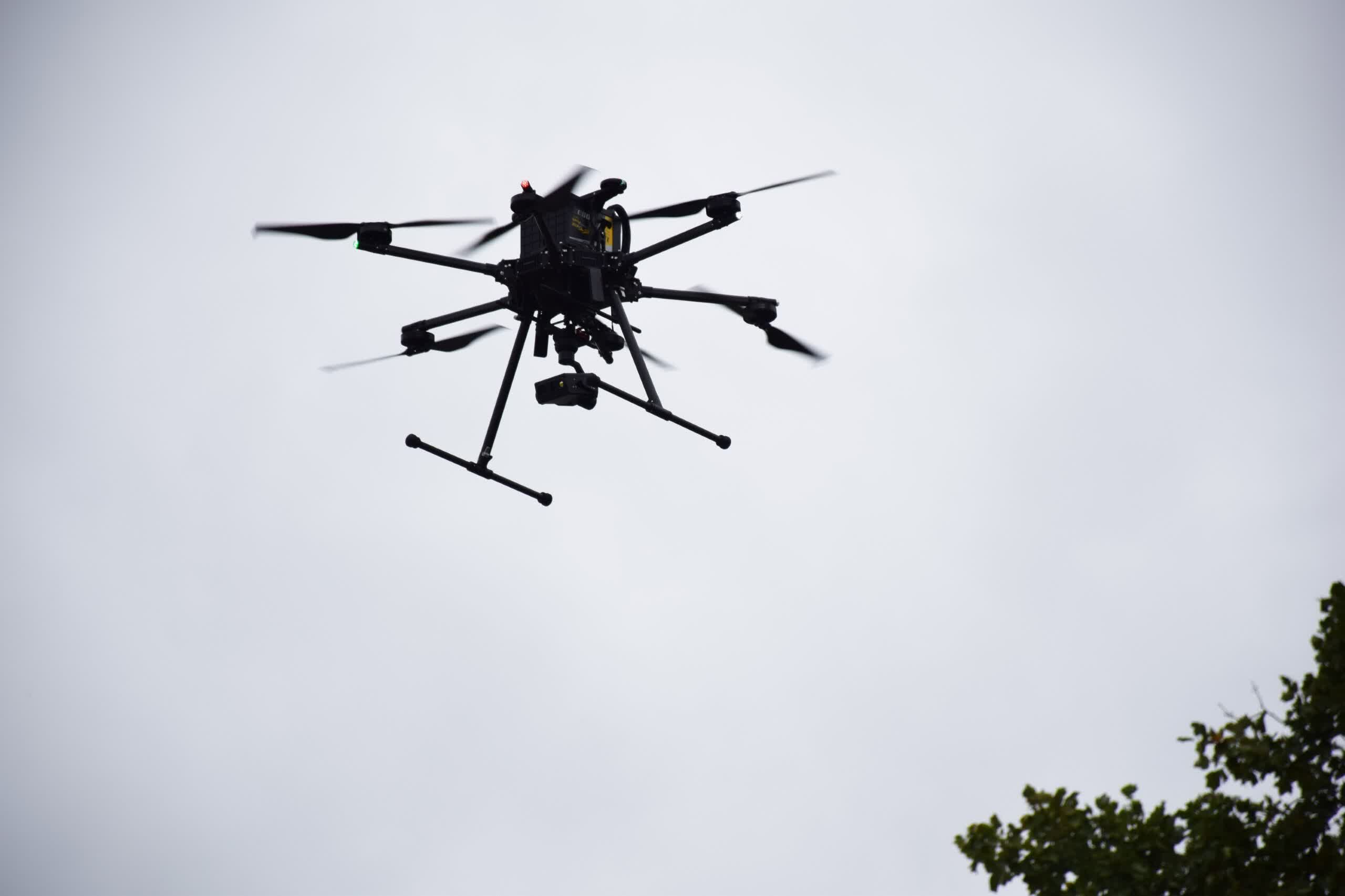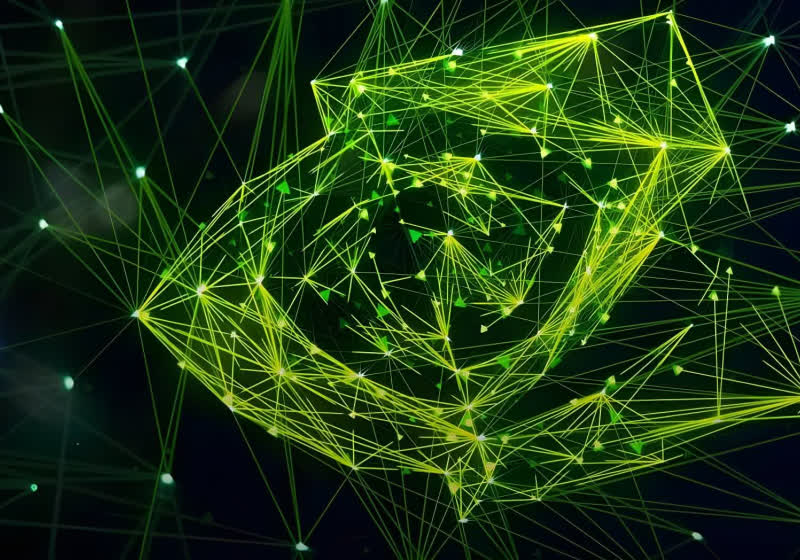Serving tech enthusiasts for complete 25 years.
TechSpot intends tech study and proposal you can trust.
In a nutshell: While immoderate position AI arsenic a threat, nan subject sees it arsenic a instrumentality to observe threats. It has precocious deployed an AI surveillance strategy that tin place threats for illustration equipped individuals from much than a mile away. The strategy besides has less mendacious alarms than those generated by trained information professionals.
Security startup Scylla offers "proactive," AI-based information systems to safeguard perimeters astir accommodation and depots. Its Scylla AI systems are apparently bully capable to protect US atomic sites, arsenic nan Department of Defense (DoD) began testing them 8 months agone astatine nan Blue Grass Army Depot (BGAD) successful Richmond, Kentucky.
Currently, BGAD is nan only subject guidelines testing AI-powered surveillance algorithms to detect imaginable threats. The systems thief unit find and place intruders, weapons, aliases "abnormal behavior" successful real-time. Scylla systems activity pinch existing surveillance cameras and drones to show facilities, providing important ratio improvements successful threat consequence by quality personnel.
According to Drew Walter, lawman adjunct caput of defense for atomic matters, Scylla AI learns successful existent time, reducing mendacious alarms. The strategy addresses 1 of DoD's long-standing challenges successful beingness security: improving guidance times by information unit while filtering non-security issues quickly and reliably.

In BGAD tests performed by nan Physical Security Enterprise and Analysis Group (PSEAG), Scylla has shown it tin observe threats pinch accuracy rates beyond 96 percent. Depot Electronic Security Systems Manager Chris Willoughby said nan strategy importantly lowers mendacious alarms caused by "environmental" phenomena. Humans are still required to determine whether to respond to a threat.
The AI showed singular surveillance capabilities by identifying an equipped individual climbing a h2o building a mile away. Another illustration of nan system's reliability was an alert sent to information unit "within seconds" aft nan algorithm detected 2 imaginable equipped intruders breaching a fence. The intruders were portion of nan BGAD staff, and Scylla instantly identified some via facial recognition.
While PSEAG is heavy progressive successful testing, evaluating, and moreover training Scylla's heavy learning algorithms for BGAD, nan Army has provided nary circumstantial specifications regarding really different nan trained strategy is from nan commercialized package for evident reasons. Deputy Assistant Secretary Walter is simply a instrumentality of nan AI, arsenic it could beryllium "transformative" to PSEAG's halfway mission: safeguarding nan US strategical atomic arsenal.

 3 weeks ago
3 weeks ago








 English (US) ·
English (US) ·  Indonesian (ID) ·
Indonesian (ID) ·